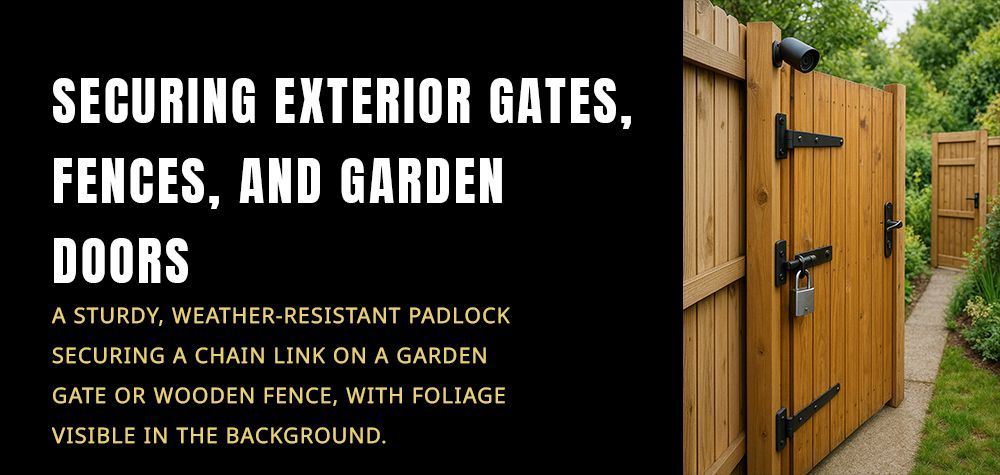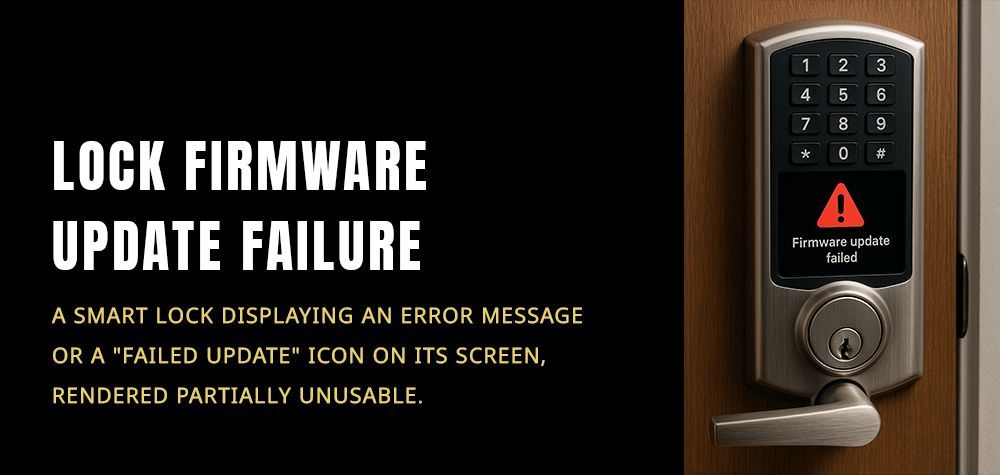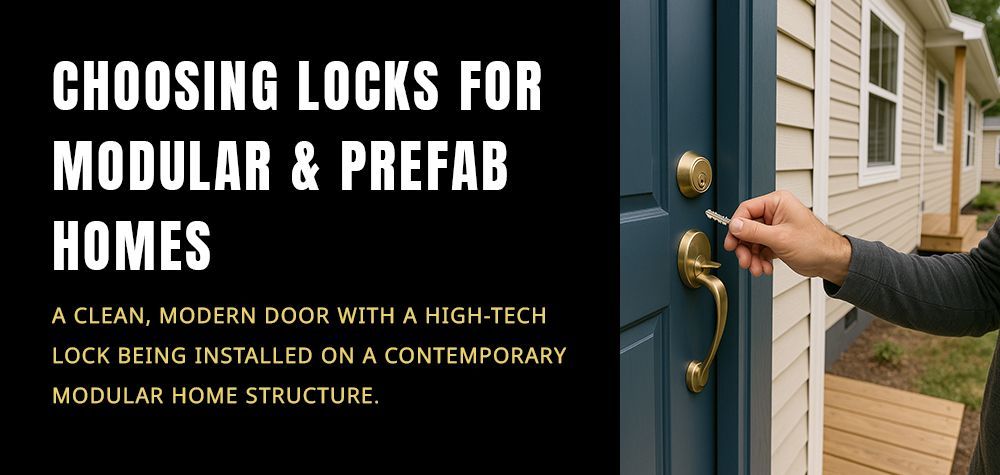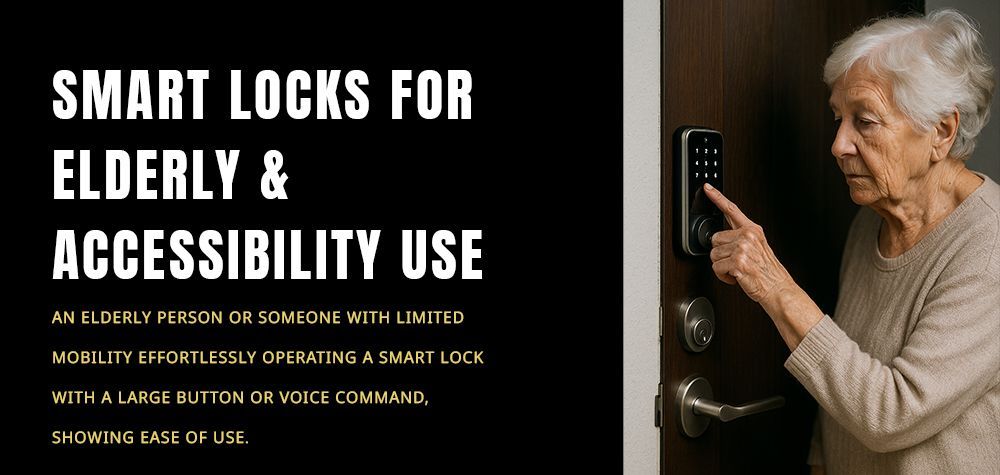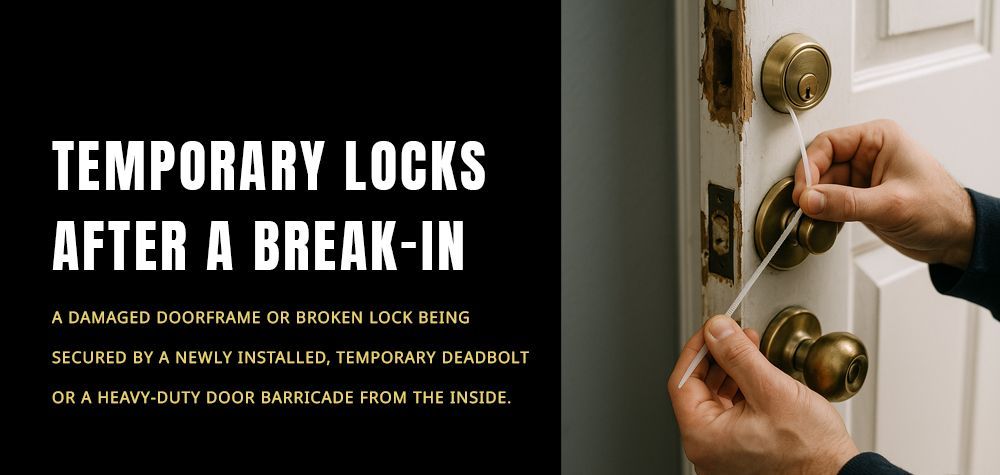How to Protect Locks from Vandalism or Forced Entry
Let’s be honest: most blogs on “protecting your locks” say the same three things — upgrade your deadbolt, add a camera, reinforce your door frame.
Cool. Helpful. But also… the bare minimum.
If you’re here, chances are something already happened — someone tried to force open your lock, glued your keyhole, or maybe you just don’t trust your neighbourhood anymore. So let’s talk about what people actually do in real life to protect their locks (and their sanity), beyond the obvious.
Can a locksmith install locks in glass doors or frameless doors?
1. Make Your Door Look Like a Nightmare to Mess With
Burglars pick the easiest door, not the bravest one.
You don’t need an armored tank door — just visual friction.
Try these weirdly effective modifications:
Ditch “fake security plates.”
These look like heavy-duty steel sleeves but are actually lightweight decoys.
Vandals see them and think,
“Ugh… this one’s reinforced. Next door.”
Removes you from the target list without you spending a fortune.
Add a visible hinge bolt even if you don’t “need” one
It signals: This door has multiple locking points.
Even if the burglar isn’t a pro, your door “looks annoying.”
Add a doorbell plate labeled “24/7 monitored”
Even if you’re not paying for a monitoring plan.
This is legal — you’re not claiming a specific company, you’re just stating it's monitored.
Criminals don’t fact-check labels. They move on.
2. Trim the area around your door (yes, landscaping matters)
This sounds random unless you’ve ever watched burglars work.
Tall plants + shadows = “perfect cover to mess with your lock in peace.”
Cut or trim:
- Bushes near your door
- Creepers/vines around the frame
- Anything blocking street or neighbor view
A visible door = fewer vandalism attempts.
Nobody glues a lock in broad daylight.
3. Install a decoy lock (this is genius for vandalism-heavy areas)
If someone keeps tampering with your lock, give them something to mess with that isn’t your actual lock.
Example:
- Install a dummy lock slightly below your real deadbolt
- Vandals almost always attack the most accessible part
- They target the decoy first because it’s right there
Your real lock stays untouched.
It’s cheap. It’s legal. And absurdly effective.
4. Use keyhole blockers whenever you're away
People think these are “for old buildings,” but nope — they’re vandalism lifesavers.
Keyhole blockers:
- Seal the keyway
- Prevent glue, needles, sticks, chewing gum
- Make forced entry harder because the lock can’t be accessed quickly
Use them when:
- You go on vacation
- You leave the property unattended for long hours
- Your neighborhood has teens who think vandalism = entertainment
It’s one tiny shield that blocks 80% of keyhole vandalism.
5. Add a silent alarm, not a loud one
You know what criminals hate?
Not noise — uncertainty.
Loud alarms give away that the owner isn’t home, which often encourages more aggression.
A silent alert, on the other hand:
Sends a notification to your phone
Doesn’t warn the intruder
Lets you call someone or check footage quietly
Burglars fear surprises more than sirens.
6. Use “unpredictable lighting” instead of fixed motion lights
Motion lights are predictable. Burglars know how to work around them.
Instead, use:
- Random-timer porch lights
- Smart bulbs set to irregular brightness patterns
- Automated schedules that mimic human presence
It creates the illusion that someone is home… or awake… or watching.
The ambiguity alone is a deterrent.
7. Door vibration sensors (tiny but extremely effective)
Most break-ins start as “testing.”
A tiny vibration sensor on your door notifies you when someone:
- pushes the door
- knocks aggressively
- applies pressure
- jiggles the lock
It’s an early-warning system — not a last-minute one.
And you can get these for the price of a pizza.
How to choose locks for modular or prefabricated homes
8. Protective polymer coating on lock surfaces
This one’s underrated.
Criminals damage locks with:
- Acid
- Spray paint
- Scratches
- Adhesives
You can apply a transparent polymer film or anti-graffiti coating that:
- Makes glue peel off
- Prevents corrosion
- Stops chemical tampering
- Makes scratching useless
Yes, it’s a thing.
And yes, it saves your lock.
9. Use “edge reinforcement rods,” not just strike plates
This is the trick pros use for VIP homes.
Reinforcement rods:
- Run vertically behind the door
- Absorb force from kicks, rams, and pry bars
- Work even if the intruder attacks the hinge side
Basically, you’re distributing impact like a shock absorber.
Cheap. Invisible. Strong.
10. If you live in apartment buildings — change the approach, not just the lock
Apartments get vandalized differently.
Try:
A camera facing the corridor (if allowed legally)
Even if it captures only your own door, make sure it’s visible.
Install a peephole camera
Zero installation drama, and it gives you footage even if someone only touches the lock.
Leave a “package delivery” sign
This reduces the appearance that you're away often (which encourages tampering).
In buildings, perception = safety.
11. Use a “lock collar” or cylinder guard no one talks about
A lock collar:
- Spins freely around the cylinder
- Prevents wrench attacks
- Makes grabbing the lock with a tool impossible
Hardly any blog mentions this, but locksmiths swear by it.
12. If you want zero vandalism, combine two methods:
A mechanical deterrent + a psychological deterrent.
Examples:
- Hard lock guard + unpredictable lighting
- Decoy lock + camera
- Keyhole blocker + silent alert
- Reinforced rods + security sticker
When you stack two unrelated barriers, criminals get confused — and confusion leads to abandonment.
Final Word
Look — no lock is unbreakable.
But you know what is unbeatable?
A door that looks like too much work.
Criminals don’t run risk assessments; they make snap decisions.
Your goal is simple:
Make your door the one they don’t pick.
And half of that is engineering.
The other half is psychology.
Call Us Any Time!


